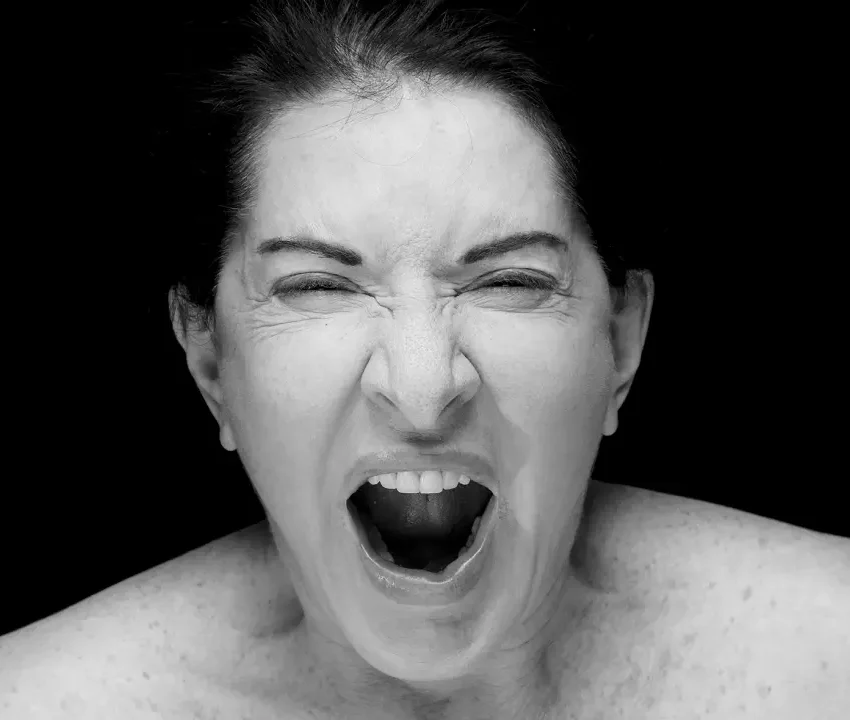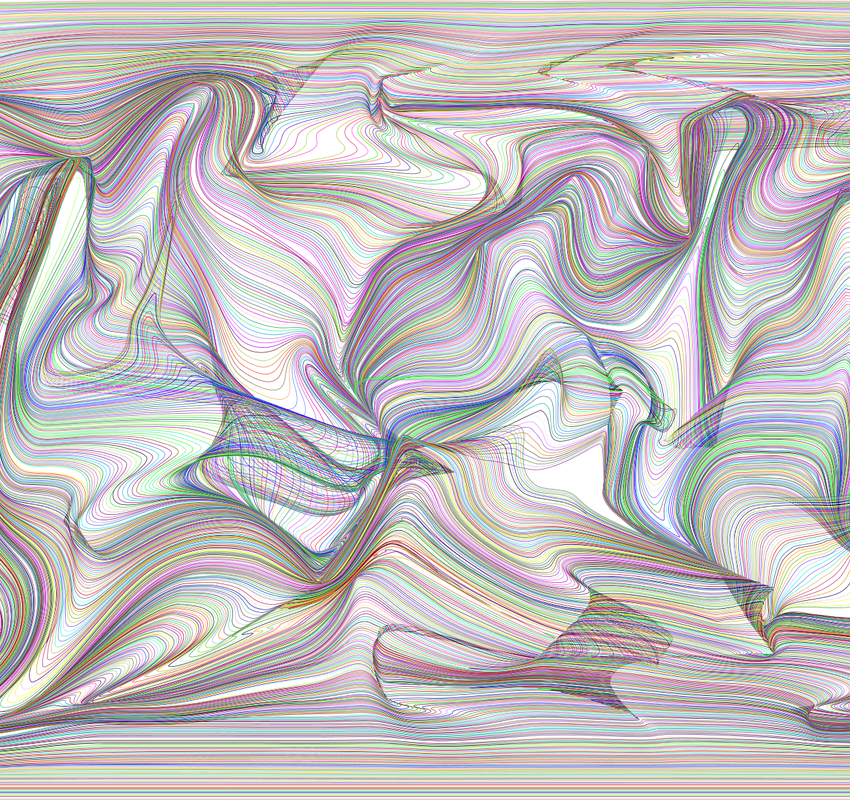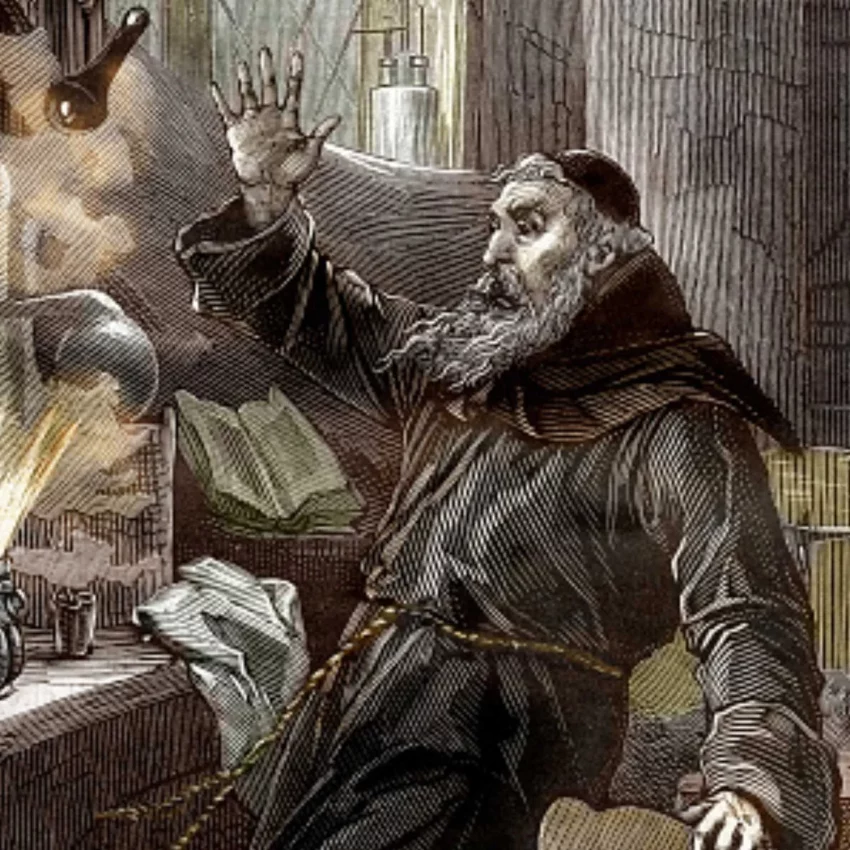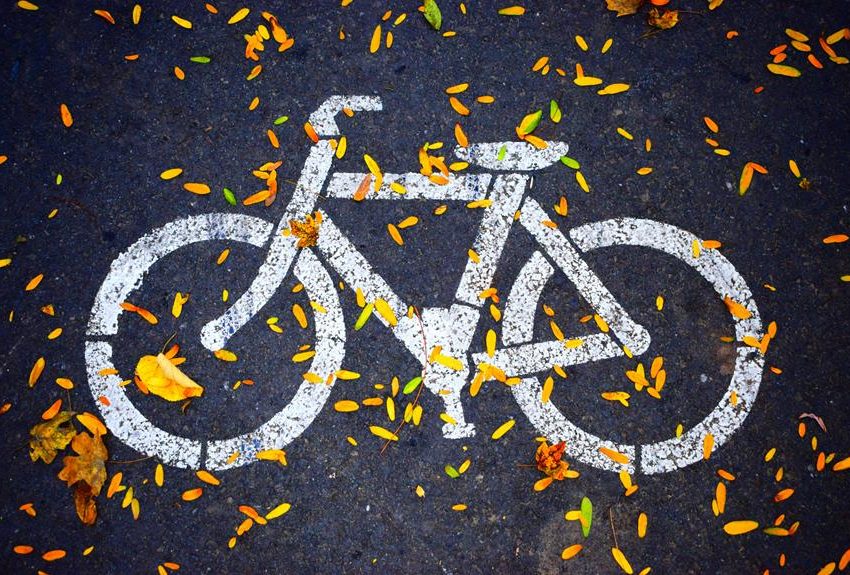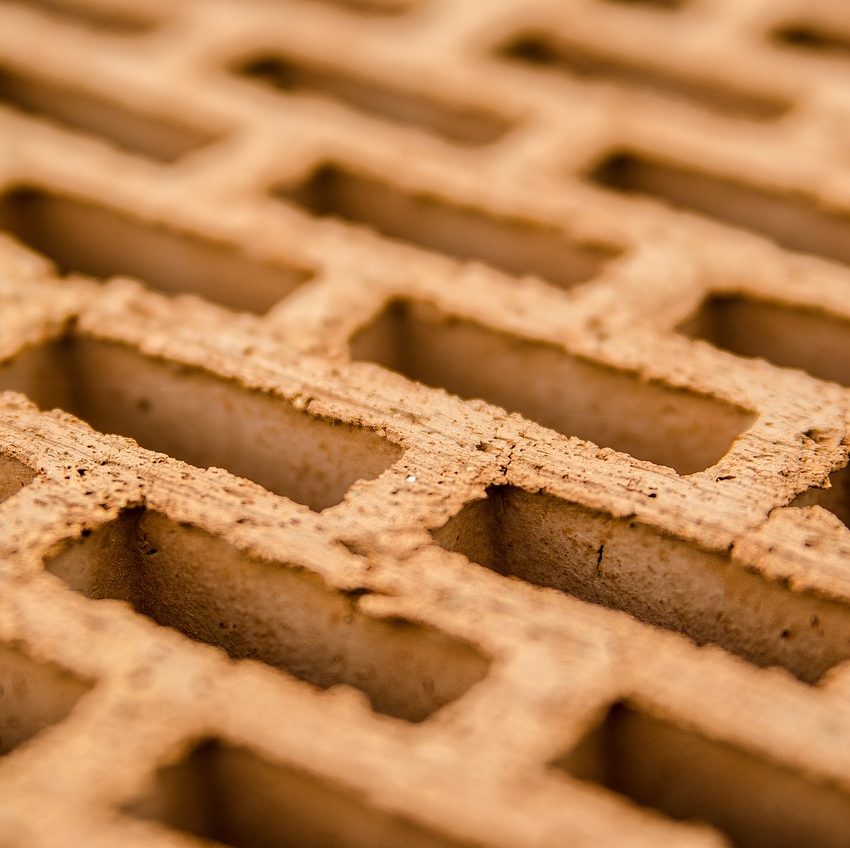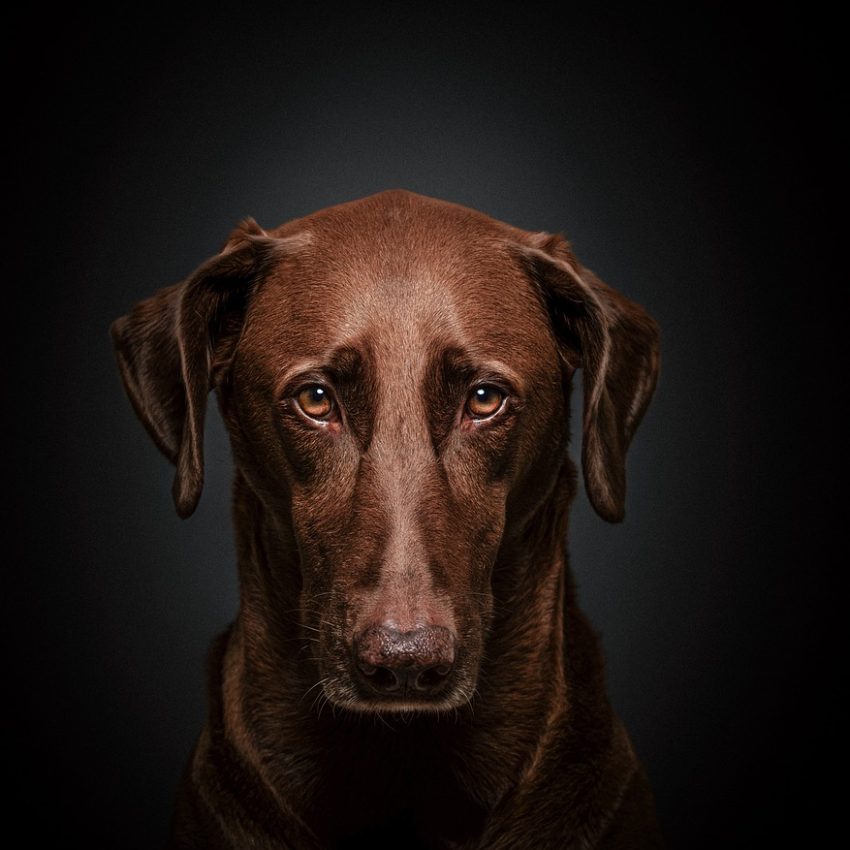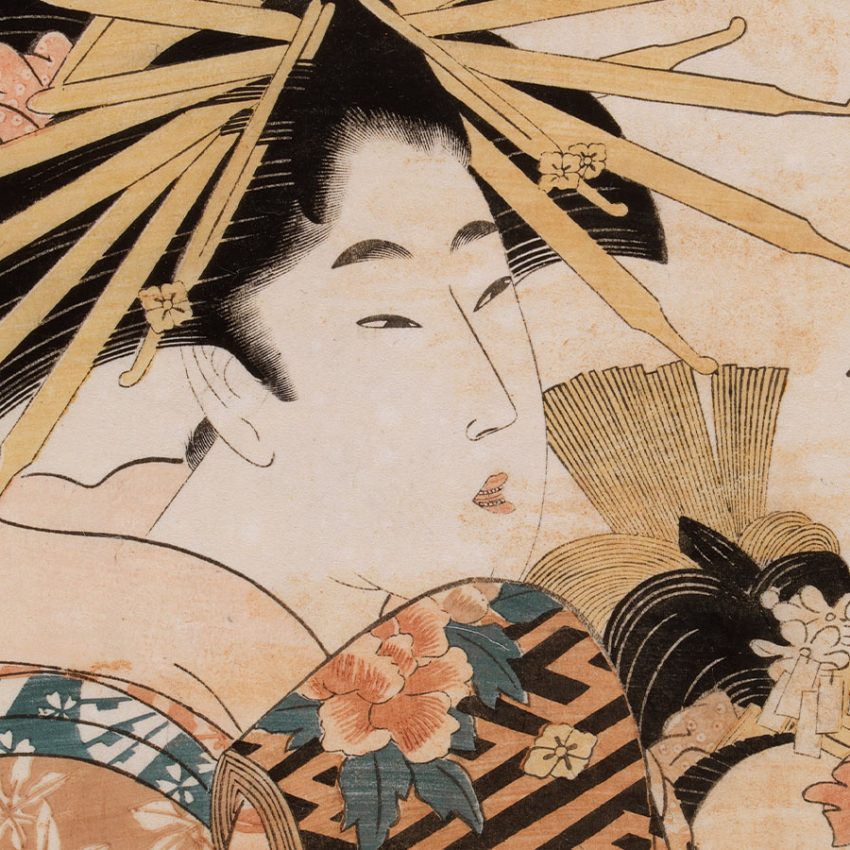The Intriguing Beauty of the Human Figure | Human Figure Drawing
Throughout millennia, the human form has been a ubiquitous presence in artistic expression.
From the rudimentary strokes of early cave paintings portraying hunters to the intricate depictions on ancient Greek vases, the human figure has remained a central theme.
Over time, it has served diverse purposes, ranging from portraiture to narrative storytelling, from conveying beliefs to delving into the essence of humanity itself.
The human form has always been a central subject in art, from the early cave paintings to modern interpretations in various mediums.
Artists have long been fascinated by the challenge of accurately depicting the human figure, often using figure drawing as a means of mastering their craft.
Drawing the human figure requires an understanding of anatomy, proportions, and gesture to create a lifelike representation.
Artistic Representation: Evolution Throughout Art History
From the intricate sculptures of ancient civilizations to the innovative brushstrokes of modern artists, the depiction of the human figure in art has evolved dramatically over centuries.
In Greek and Roman antiquity, idealized proportions and sculptural beauty captivated viewers, embodying concepts of perfection and divinity.
Throughout history, representations of the human figure have varied greatly, from the lumpy forms of early cave paintings to the highly anatomical sculptures of the Renaissance.
Artists like Leonardo da Vinci emphasised the importance of understanding human proportions and anatomy in creating realistic artwork.
The size of the head, for example, is often used as a guide to ensure correct proportions in figure drawing, emphasizing the importance of mastering the basics of drawing a human figure.
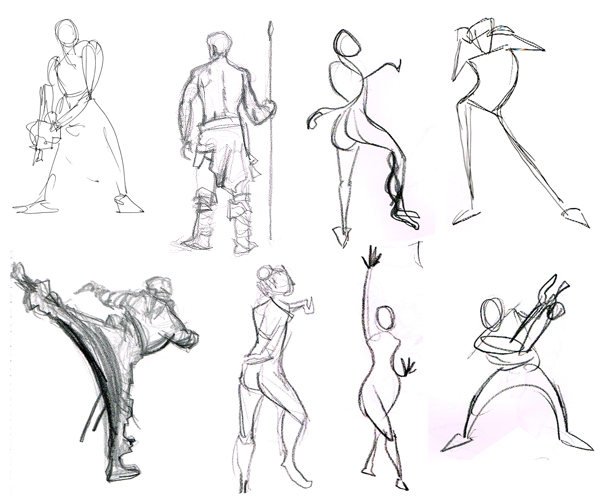
As art continued to progress into the 20th century, movements such as Cubism challenged traditional notions of representation by fragmenting figures into geometric shapes and abstracted forms.
Artists like Pablo Picasso reimagined the human body through a prism of multifaceted perspectives, inviting viewers to explore new dimensions beyond conventional visual interpretation, vibrant with human figure drawing.
Concurrently, Surrealists delved into subconscious realms, distorting bodies in dreamlike compositions that blurred boundaries between reality and fantasy, showcasing unique approaches to human figure drawing.
These diverse approaches showcase how artistic representation transcends mere replication; it serves as a mirror reflecting cultural narratives, individual perceptions, and societal transformations over time.
Whether embracing classical ideals or pushing boundaries with avant-garde innovation, artists across history have continually reinvented how we perceive and appreciate the human form in human art.
Each brushstroke or chisel mark tells a story – not just about physical appearance but also about emotions, beliefs, and aspirations encoded within each portrayal.
By tracing this evolution through different stylistic lenses – from realism to abstraction – we unravel a rich tapestry woven with threads of creativity that speaks volumes about our eternal fascination with humanity’s most enigmatic subject: ourselves.
Mastering Drawing Techniques
Fundamental Forms
Commence a figure drawing by addressing the major masses, which represent the largest forms on the human figure.
Primarily, focus on the torso, as it serves as the central hub where all limbs and the head intersect, which is crucial when using an inch wooden human body drawing figure for sketching.
Establishing the torso immediately provides structural integrity to the drawing.
Subsequently, the torso can be further divided into the rib cage and pelvis, enhancing the sense of form within the torso itself.
Add the head and thighs next to contribute additional mass to the form, leaving the limbs, hands, and feet for the final stages of the drawing.


Central Axis
Identify the central axis, an imaginary line running down both the front and back of the torso.
On the back, this line aligns with the spine, providing a clear reference point.
On the front, the central axis begins at the pit of the neck, traversing the center of the rib cage, through the belly button, and down to the pubic bone on the pelvis, mapping the structure that comes to the human form in figure drawing.
The behaviour of this central axis in a figure drawing conveys the pose’s dynamics, similar to how an inch wooden human body drawing figure can be manipulated to study different poses.
Observing and understanding the central axis’s orientation—whether straight, twisted, or leaning—significantly informs the depiction of the pose.
Structural Landmarks
Recognise bony landmarks, which are areas on the human figure where bone lies close to the skin’s surface.
These landmarks remain consistent across individuals, regardless of body size or shape.
During observation, identify and depict these structural landmarks, including collarbones, elbows, kneecaps, ankle bones, and shoulder blades.
However, it’s crucial to prioritize establishing the major masses and central axis before adding these detailed landmarks to the drawing.
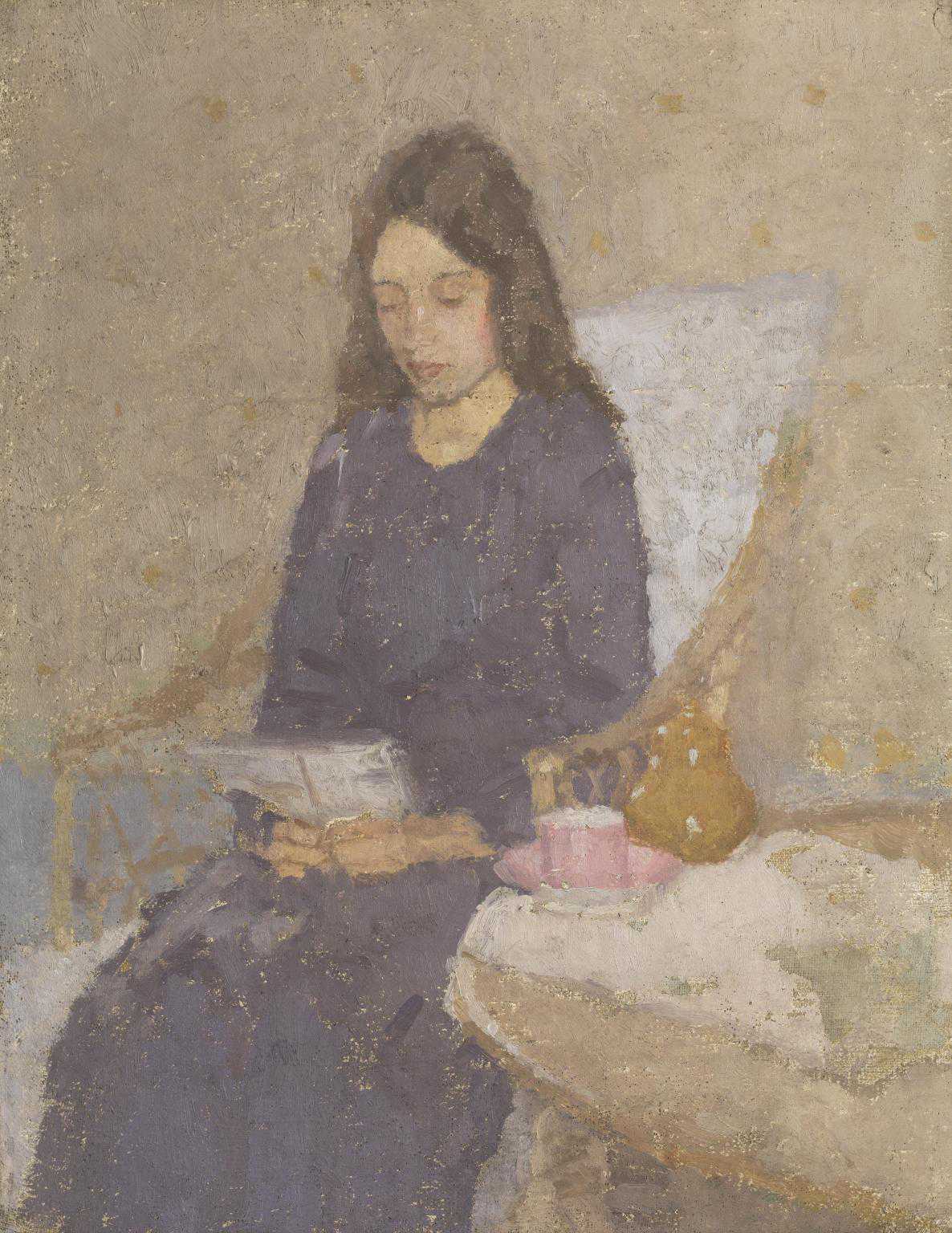
Gesture Drawing
A gesture drawing typically entails a swift, often uncomplicated sketch aimed at encapsulating the fundamental essence, vitality, motion, or posture of the subject.
It employs minimal detail (lines, shading, marks) to convey the most significant aspects of the subject, much like how a mannequin sketch focuses on the essence rather than the details.
While it may exhibit realism, it does not necessarily aim for photorealism; rather, it simplifies reality to its core elements to narrate the scene being depicted.
Gesture drawing directs your attention to the contours and dynamism of the human form. This practice deepens your comprehension of human anatomy, its kinetics, and its gestures, facilitating a nuanced grasp of body proportions.
Engaging in gesture drawing fosters proficiency in depicting individuals in diverse stances and movements.
Sketching the Human Form
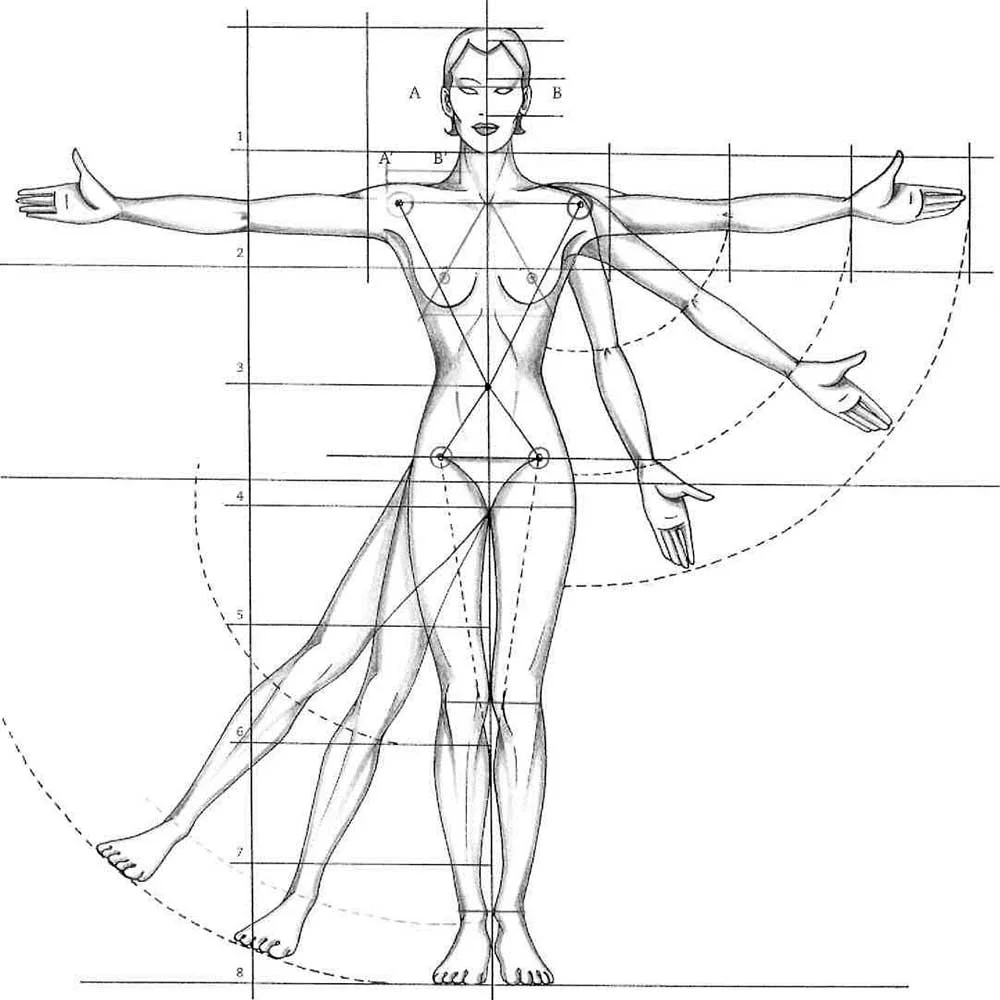
Visual Reference and Imagination
Developing a sketching routine enhances fine motor skills and hand-eye coordination.
Research indicates that this practice creates new neural pathways, boosting blood flow to the brain’s reward centre.
By training your eyes to relay visual information to your brain, you foster communication with your hand.
As observational drawing involves both logic and creativity, it activates both hemispheres of the brain.
Improved motor skills and coordination yield numerous mental and physical advantages, such as enhanced recall and agility.
Sketching the human form allows artists to capture the essence of the human figure with spontaneity and fluidity, making it a fundamental skill for those wanting to learn how to draw.
Anatomy Perspective: Decoding the Intricacies of the Human Figure & Proportion
In art school, learning to draw a human figure is frequently among the initial skills imparted to students. Life drawing sessions serve as invaluable opportunities for budding artists to observe closely, grasp proportions, and explore various techniques.
Life drawing, or drawing the human figure from a nude model, is a common practice in art schools and studios.
Artists study the anatomical structure of the body, learning to depict muscles, bones, and gestures with accuracy and skill.
Gesture drawing, in particular, focuses on capturing the essence of movement and posture in quick, spontaneous strokes, resembling the quick, efficient motion of sketching with a figure for sketching.
In addition to studying the human form for its anatomical accuracy, artists may also explore themes of movement, posture, and emotion.
Depicting the human figure in motion can convey a sense of spontaneity and vitality, while portraiture allows artists to capture the unique characteristics and expressions of their subjects, much like how a mannequin sketch serves as a base for understanding movement.
One tool commonly used by artists is the mannequin, a wooden or plaster model of the human body.
These mannequins come in various shapes and sizes, allowing artists to study and practice drawing the human figure from different perspectives.
By mastering drawing skills and understanding human anatomy, artists can accurately depict the human form in their artwork, especially when they learn how to draw using an inch wooden human body drawing figure for enhanced realism.
Moreover, venturing beneath this bony facade unravels a symphony orchestrated by muscles – living sculptures orchestrating movement with fluent precision, a testament to the art of drawing human anatomy.
Musculature intertwines aesthetics with function, where sinewy fibers weave narratives of strength and resilience across our bodies’ canvas, an artistic exploration in drawing human anatomy.
Understanding these muscular landscapes not only unlocks medical mysteries but also invites awe at nature’s design prowess.
Every sinew contracts with purpose; every muscle group dances in choreographed harmony, serving as testimonies to intricate biological engineering perfected over millennia and captured in the artists’ renditions of the human form.
Approaching the proportions of the human body
Approaching the proportions of the human body encompasses various methodologies, with artists, cultures, and traditions often having distinct guidelines and standards.
Nevertheless, certain universally acknowledged proportions are prevalent:
The “ideal” proportions typically depict the human figure as approximately 7.5 to 8 heads tall.
This entails dividing the figure’s height into eight equal parts, with one part representing the head.
Subsequently, different body parts, such as the arms and legs, are proportioned relative to the size of the head.
For instances involving tall individuals, elongated legs, models, or fashion illustrations, a height ranging from 8 to 8.5 heads is frequently employed.
Conversely, the average figure tends to align more closely with 7.5 heads, a fact often considered by artists in ensuring accuracy while drawing a human figure.
It’s worth noting that while this canon serves as a common reference, it’s not rigid and may be adjusted according to the artist’s preferences.
Furthermore, different individuals exhibit varying proportions, not solely in height but also in the overall configuration of the body, thereby allowing for flexibility in representation.
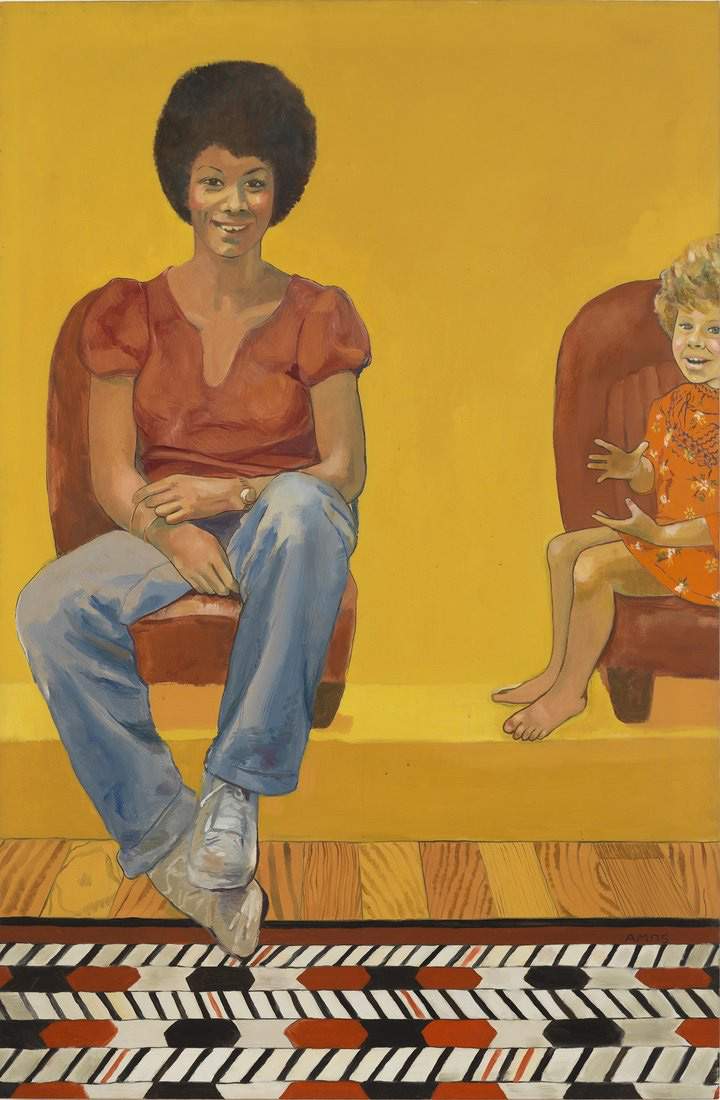
Drawing the human figure with a Mannequin
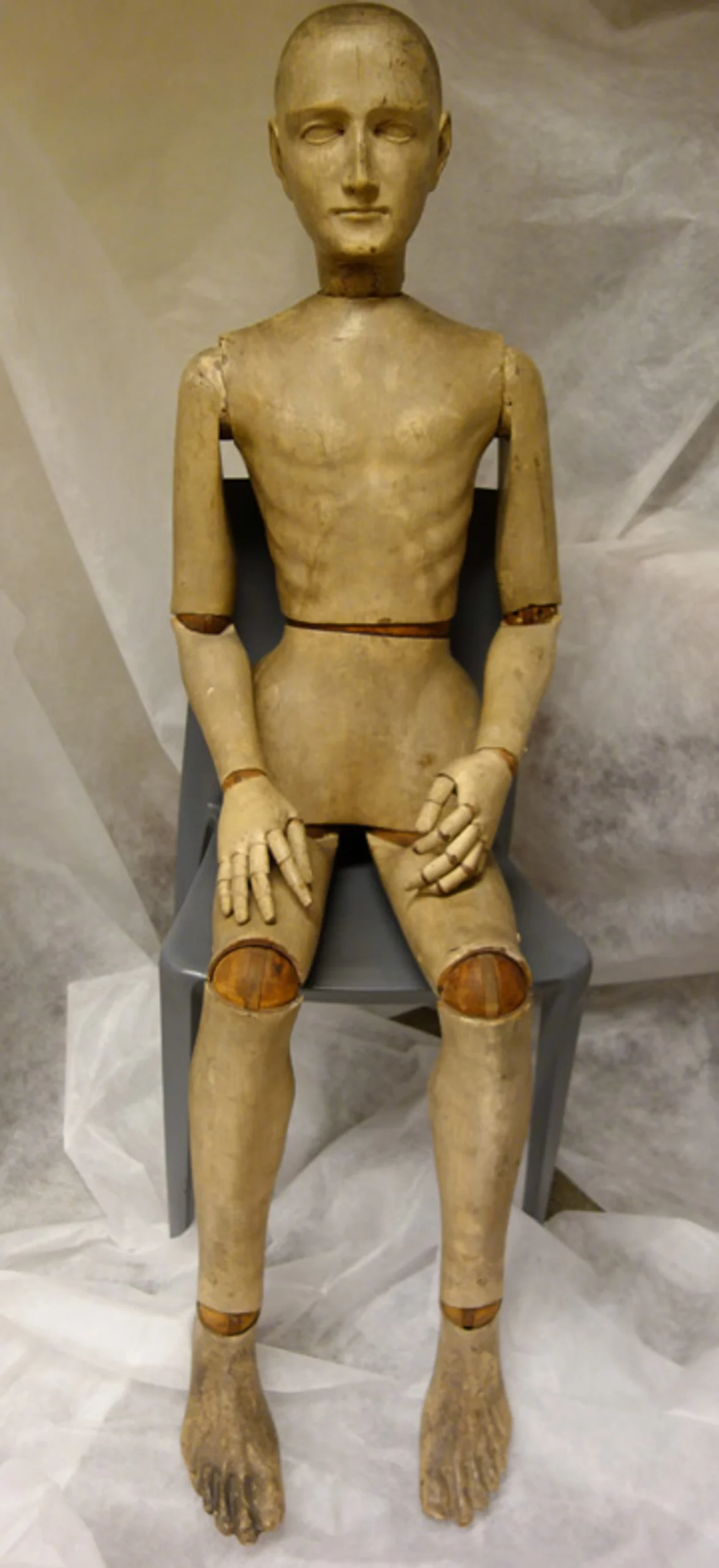
Mannequins are essential tools for those learning how to draw the human figure, offering a simplified version of human anatomy for practice.
In the realm of artistic creation, the drawing model human figure plays a pivotal role, often embodied by the body drawing mannequin with stand.
This wooden human body drawing mannequin serves as an indispensable guide for artists, aiding in the intricate processes of drawing, sculpting, and mastering the art of representation.
Acting as a tangible reference, it elucidates the underlying human skeleton, accentuating nuances like movement and foreshortening, which are essential for capturing lifelike portrayals.
Countless artists, from seasoned professionals to aspiring novices, rely on the wooden manikin or plaster mannequin with stand to breathe life into their creations.
By articulating figure joints and embodying recognisable human forms, these tools, especially mannequins, become indispensable companions in the artistic journey, serving as the skeleton of the figure for those mastering the craft.
Whether it’s for sketching quick studies, meticulously sculpting intricate details, or even serving as a charming desktop decoration, the wooden human body drawing mannequin remains a steadfast presence in the arsenal of every artist, facilitating the translation of imagination into tangible expressions of human artistry.
Psychological Aspect - Body Image Perceptions Influenced by Societal Standards and Media Portrayals
The intricate relationship between body image perceptions and societal standards is a complex interplay that shapes how individuals perceive and value their own bodies.
In today’s media-saturated world, where idealized beauty standards are often unattainable and unrealistic, many people grapple with insecurities about their appearances.
From airbrushed magazine covers to carefully curated social media feeds, the constant barrage of images showcasing ‘perfect’ bodies can distort one’s self-perception and foster feelings of inadequacy or self-doubt.
This phenomenon highlights the power dynamics at play in shaping our views on beauty and attractiveness, influencing not only individual self-esteem but also broader cultural norms and perceptions of human figure drawing.
The psychological aspect of body image perceptions is profoundly influenced by societal standards and media portrayals, challenging artists and viewers alike to contemplate the ethics and impacts of drawing human figures.
From a young age, individuals are bombarded with images and messages promoting certain ideals of beauty and physical perfection. These standards often create unrealistic expectations, leading to feelings of inadequacy and dissatisfaction with one’s own body.
Moreover, the relentless exposure to idealized body types in media can contribute to the internalization of these standards, shaping how individuals perceive themselves and others, and influencing the genre of drawing human figures.
This phenomenon can lead to detrimental effects on mental health, including low self-esteem, body dysmorphia, and eating disorders, exacerbated by unrealistic art drawing and media portrayals.
As such, it is imperative for artists, as well as society at large, to critically examine and challenge these norms and representations, promoting a more inclusive and accepting environment for diverse body types.
Moreover, the impact of media portrayals goes beyond personal perceptions to affect societal attitudes towards body diversity and inclusivity.
By perpetuating narrow definitions of beauty that prioritise certain body types over others, mainstream media can reinforce harmful stereotypes and marginalise individuals who do not conform to these ideals.
This underlines the importance of promoting greater representation of diverse body shapes, sizes, and identities in popular culture to cultivate a more inclusive environment where all bodies are celebrated for their unique beauty.
Embracing authenticity over perfection is key to fostering healthier relationships with our bodies and challenging damaging beauty norms imposed by external influences.
Cultural Diversity: Varied Interpretations of the Human Body and Representations Across Different Traditions
Exploring the human figure through a cultural lens unveils a rich tapestry of interpretations and representations that transcend geographical boundaries.
In ancient Egypt, the human form was immortalised in intricate hieroglyphs and sculptures, symbolising aspects of divinity, power, and afterlife beliefs, where drawing a human figure held profound significance.
The elongated limbs of figures in Egyptian art conveyed ideals of grace and transcendence, emphasising the spiritual essence embodied by physical forms, and how the human figure is often interpreted through various cultural lenses.
Similarly, Greek sculpture celebrated the perfection of proportions in the human body as seen in iconic works like the Venus de Milo or Discobolus, showcasing how the figure used in art has been a long-standing measure of beauty and proportion.
The Greeks viewed beauty as an embodiment of harmonious balance between mind, body, and spirit—a concept that reverberates through their artistic legacy to this day.
Meanwhile, indigenous cultures across continents have imbued their representations of the human figure with deep symbolic meanings rooted in connection to nature, ancestors, and cosmological beliefs, displaying diverse perspectives in art drawing.
From intricate Maori tattoos signifying lineage and identity to Navajo sand paintings depicting healing rituals through visual narratives on skin or canvas—the diversity within artistic expressions reflects unique worldviews shaped by tradition and heritage.
By studying these varied interpretations across cultures globally, we not only appreciate the aesthetic allure but also gain insights into how human bodies serve as vessels for storytelling, spirituality, social structures and personal identity within diverse societies throughout history.

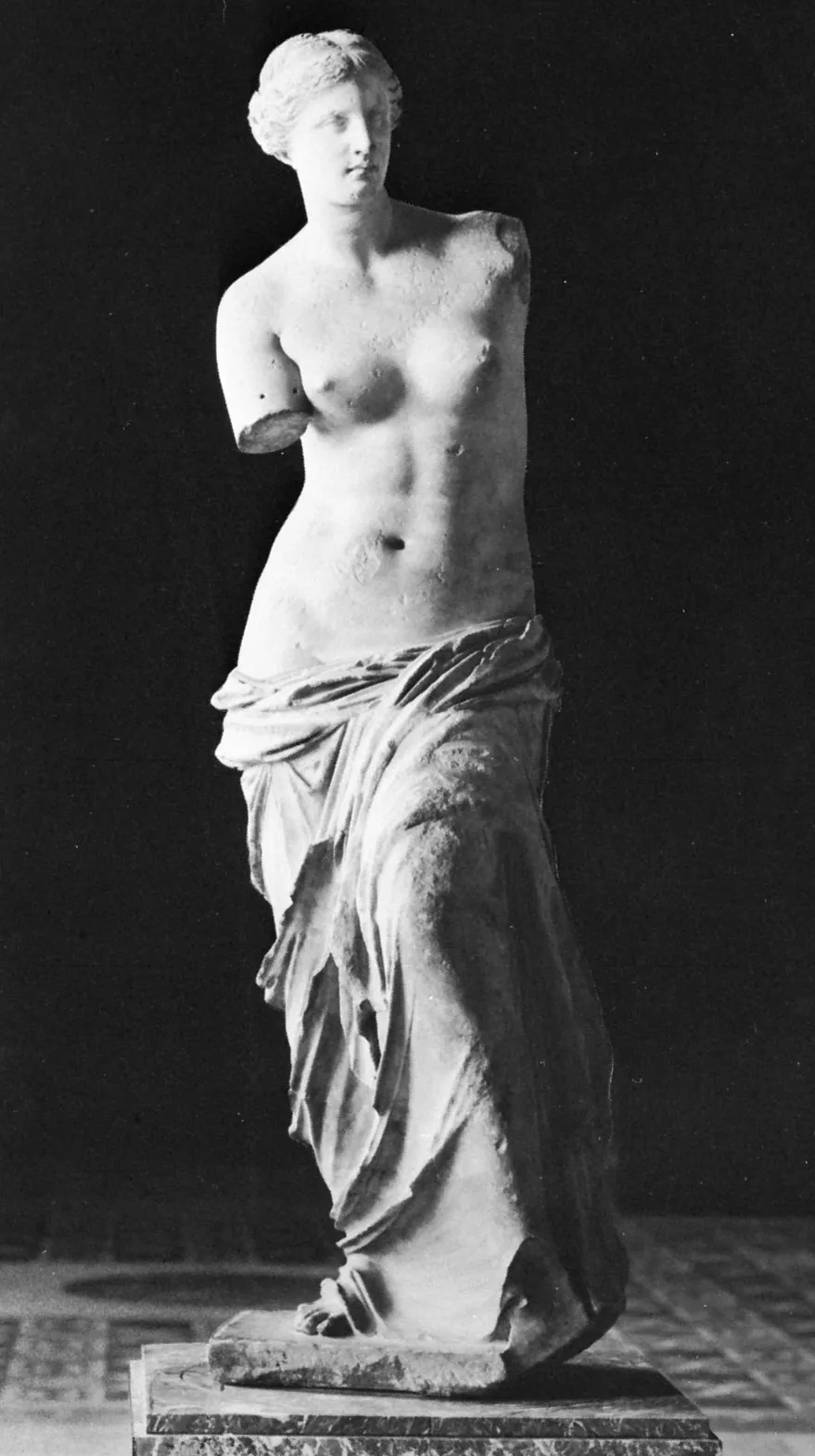
Women Artists
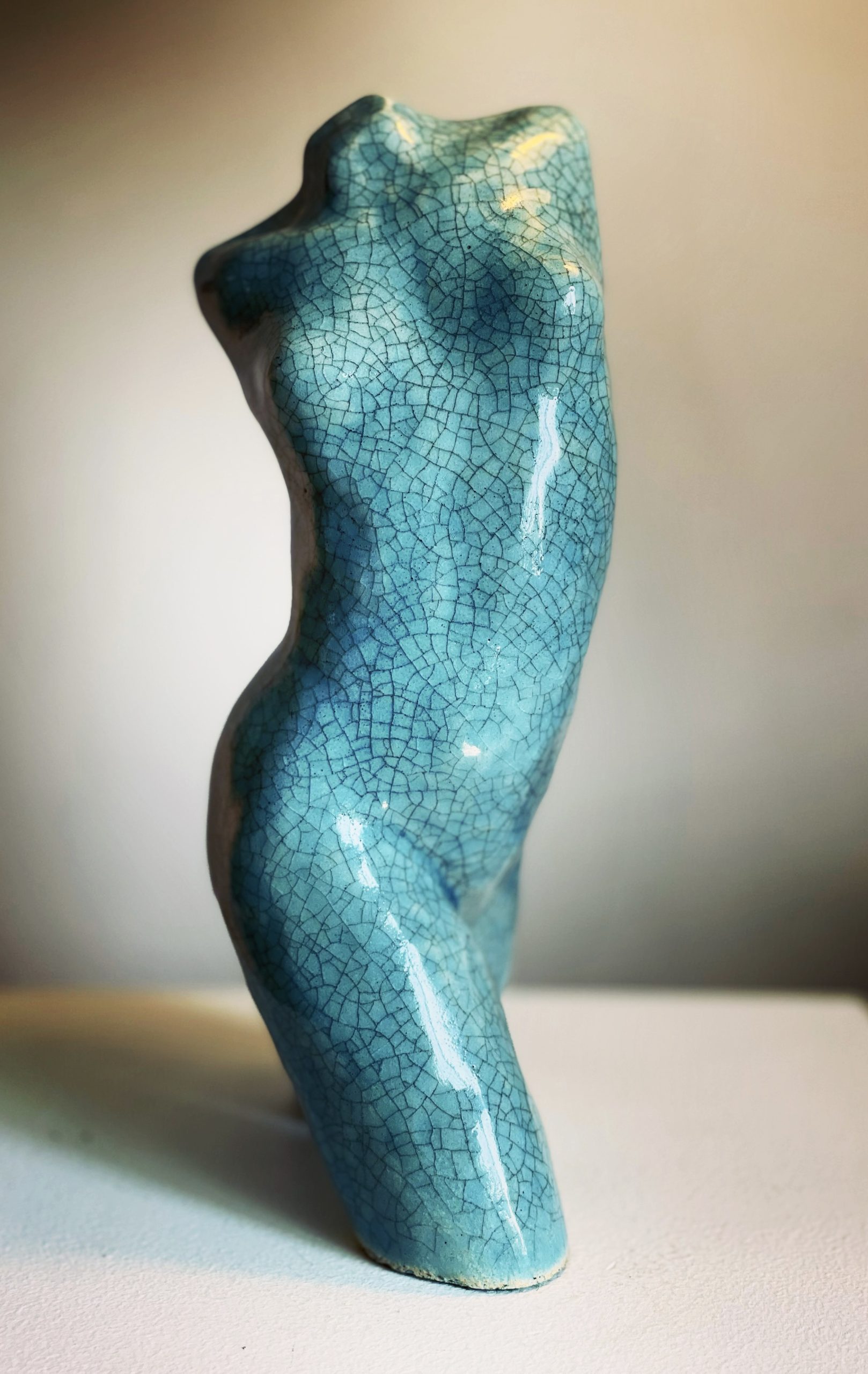
Women artists have also made significant contributions to the representation of the human figure throughout history.
From the fashion photographers of the early 20th century to contemporary surrealist painters, female figures have been a recurring subject in art, especially within modern art trends.
Artists may draw on memory and imagination to create stylized or abstract representations of the human form, using various shapes and colours to evoke a sense of emotion or atmosphere.
Conclusion
As we conclude this exploration into the captivating beauty of the human figure, it is vital to recap key points that have been illuminated throughout our journey.
From the intricate depictions in classical art to the scientific marvels of anatomical studies, one overarching theme persists: diversity. The human figure represents a tapestry of shapes, sizes, colors, and features that enrich our world with its infinite variations.
Beyond mere physicality, our discussion has highlighted how cultural perceptions and societal norms shape our understanding and appreciation of these forms.
Whether revering idealised proportions in ancient sculptures or challenging conventional beauty standards in contemporary art movements, each representation adds layers to our comprehension of what it means to inhabit a body.
It is through this lens that we can foster greater empathy and respect for individuals across all spectrums of identity.
In closing, let us carry forward an enduring sense of wonder at the intricacies woven into every curve and contour of the human form. Embracing diversity not only enriches our artistic endeavours but also deepens our connections with one another on a fundamental level.
May we continue to celebrate the intriguing beauty of the human figure in all its nuanced glory, recognizing each variation as a testament to the rich tapestry of humanity itself.

